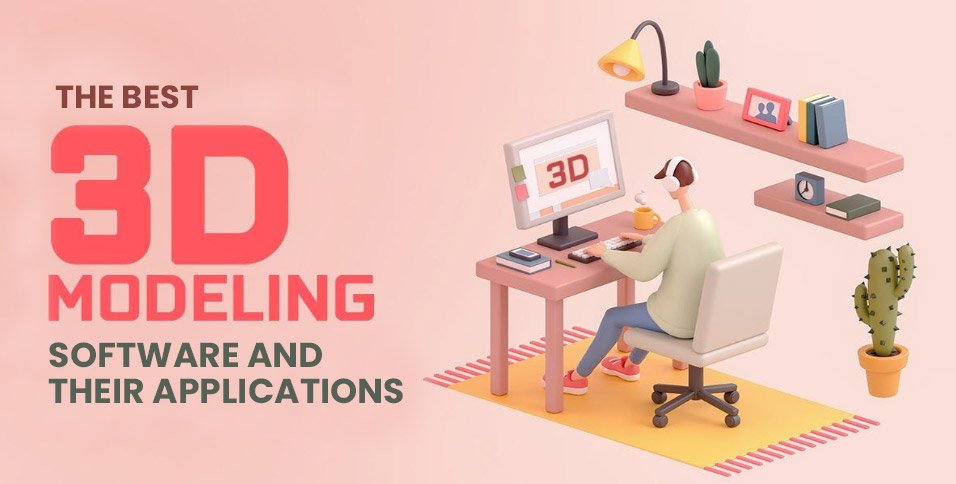3D modeling software are now pivotal across industries, transforming how ideas are conceived and realized. These applications influence entertainment, design, engineering, and healthcare, spanning multiple domains in this expanding field. They function as digital sculptor’s workshops, converting abstract concepts into virtual realities. Artists, architects, and engineers leverage these tools for precise visualization, prototyping, and refinement. The evolution of 3D modeling services has left an indelible mark on modern video games, architecture, and animated films. The interaction with emerging technologies like augmented and virtual reality enhances their impact, promising immersive experiences. This article reviews critical players, applications, and ongoing innovation in the expansive spectrum of 3D modeling software.
Popular 3D Modeling Software:

In the vast ecosystem of 3D modeling software, specific names stand out as industry leaders, shaping the digital landscape with their robust capabilities. Blender, an open-source powerhouse, has garnered immense popularity for its versatility and extensive feature set. From intricate animations to detailed simulations, Blender caters to a diverse user base, including artists, hobbyists, and professionals, while boasting an active and supportive community.
Autodesk Maya, a stalwart in the industry, is celebrated for its comprehensive suite of tools tailored for animation and visual effects. Its widespread adoption in the film and gaming industries attests to its capacity for delivering stunning, lifelike graphics. Cinema 4D, renowned for its user-friendly interface, excels in motion graphics and 3D animation, making it a favorite among graphic designers and motion artists.
These software giants, each with unique strengths, cater to different user needs and preferences. Blender, with its open-source ethos, appeals to those seeking affordability and community collaboration. With their sophisticated features, professionals requiring advanced capabilities prefer Autodesk Maya and Cinema 4D.
Industry-Specific Applications:
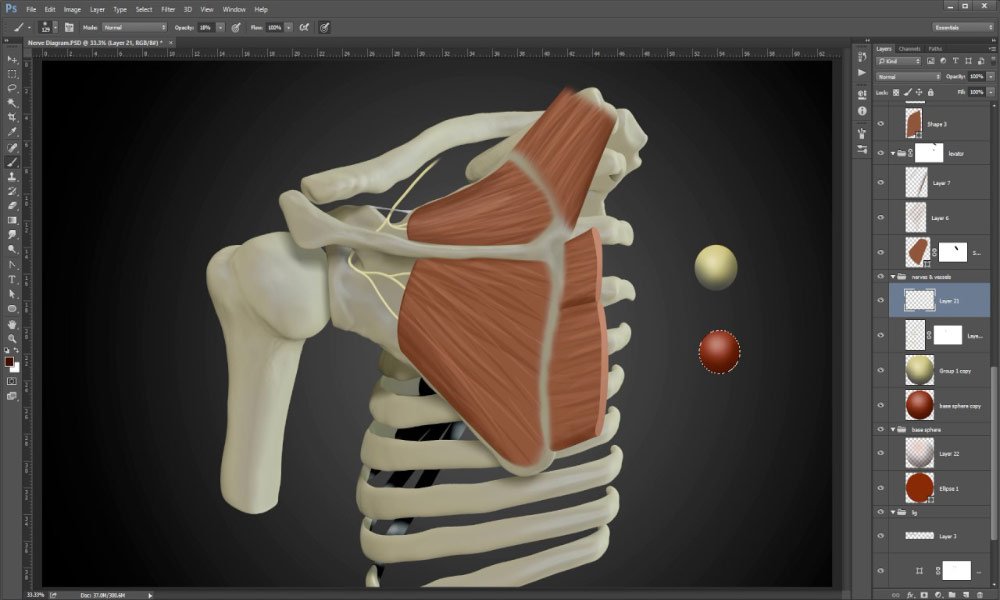
The versatility of 3D modeling software extends far beyond a one-size-fits-all solution, finding purpose and innovation across diverse industries. In gaming, these applications are the architects of virtual worlds, sculpting lifelike characters and immersive environments. The intricacy of architectural design benefits immensely from 3D modeling, allowing architects to visualize structures, assess spatial relationships, and even simulate real-world conditions.
In animation, software like Autodesk Maya becomes a canvas for storytellers, breathing life into characters and narratives with fluid motion and realistic expressions. Product design relies heavily on 3D modeling to prototype and iterate, enabling engineers and designers to refine concepts before physical production. Additionally, the medical field embraces these tools for anatomical modeling and surgical simulations, enhancing training and precision in healthcare.
Virtual reality experiences are crafted through the integration of 3D modeling, providing users with immersive environments and interactive simulations. The entertainment industry employs these technologies to push the boundaries of creativity, from crafting fantastical landscapes in films to creating virtual stages for live events. The applications of 3D modeling software in these diverse fields underscore the critical role these tools will play in determining the direction of many different industries.
Free vs. Paid Software:
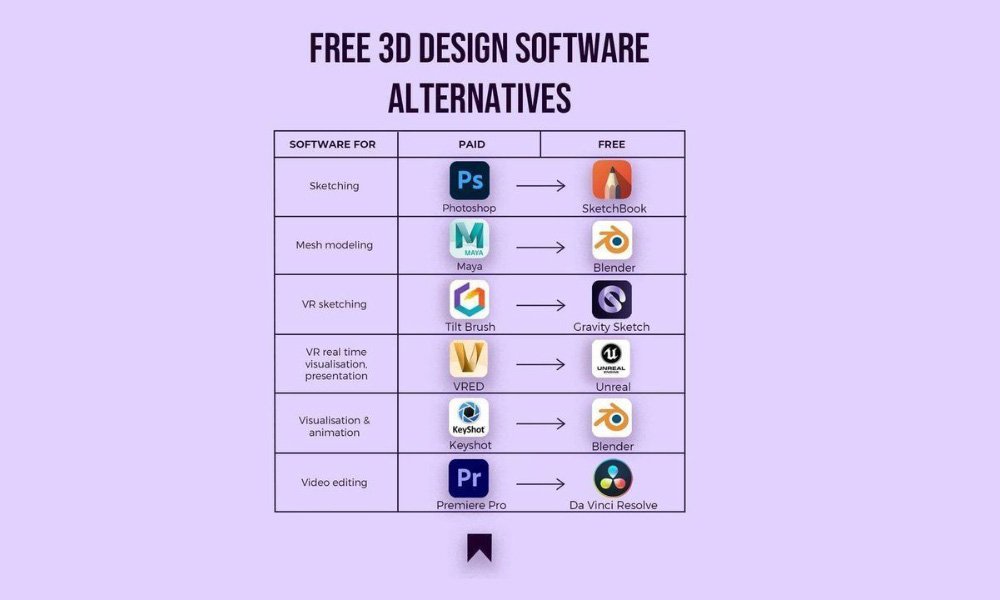
The world of 3D modeling software offers a diverse array, from free, open-source platforms to premium, industry-standard suites. Blender stands prominently in the free software category and is celebrated for its versatility, comprehensive features, and collaborative community due to its open-source nature. That makes Blender cost-effective and fuels its continuous evolution through community contributions.
Conversely, paid software like Autodesk Maya and 3ds Max caters to professionals with advanced features, bundled support, regular updates, and integration into industry-standard workflows. The choice between free and paid software hinges on individual needs and budget constraints. Blender appeals to students and independent artists exploring 3D modeling without a significant financial commitment. At the same time, professionals may justify the investment in premium software for ideal workflow, dedicated support, and cutting-edge features. Ultimately, the decision rests on the user’s goals, skill level, and project requirements.
User-Friendly Options:
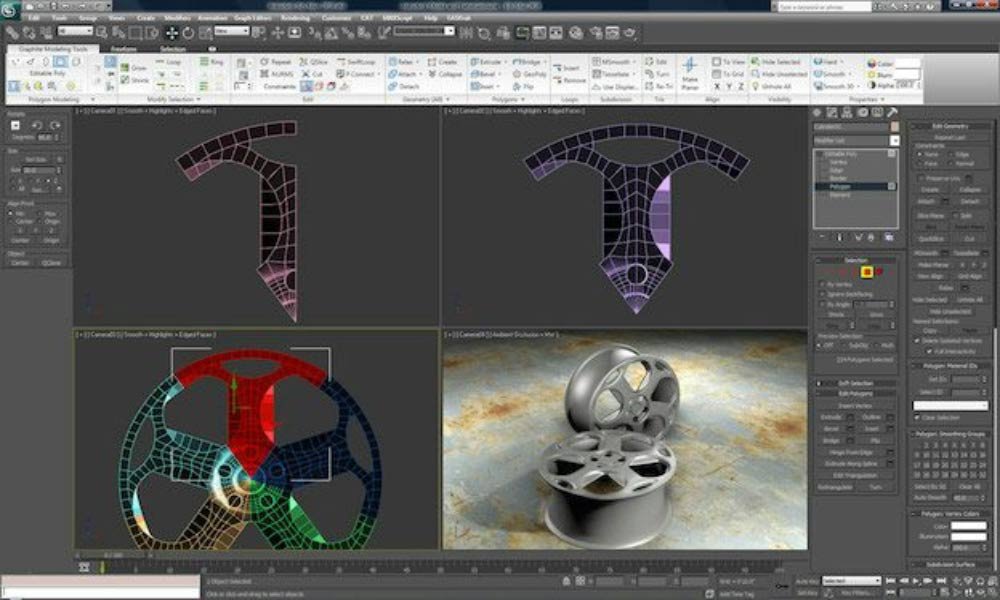
Navigating the world of 3D modeling can be daunting, especially for beginners or those transitioning from 2D design. Fortunately, several user-friendly options have emerged, simplifying the learning curve and making 3D modeling accessible to a broader audience.
Topping the list is TinkerCAD, a web-based application that caters to beginners with its intuitive drag-and-drop interface. Its simplicity doesn’t compromise functionality, allowing users to assemble basic 3D models without the need for extensive prior experience. SketchUp follows suit with its easy-to-learn interface, making it a favorite among architects and designers for quick conceptualization.
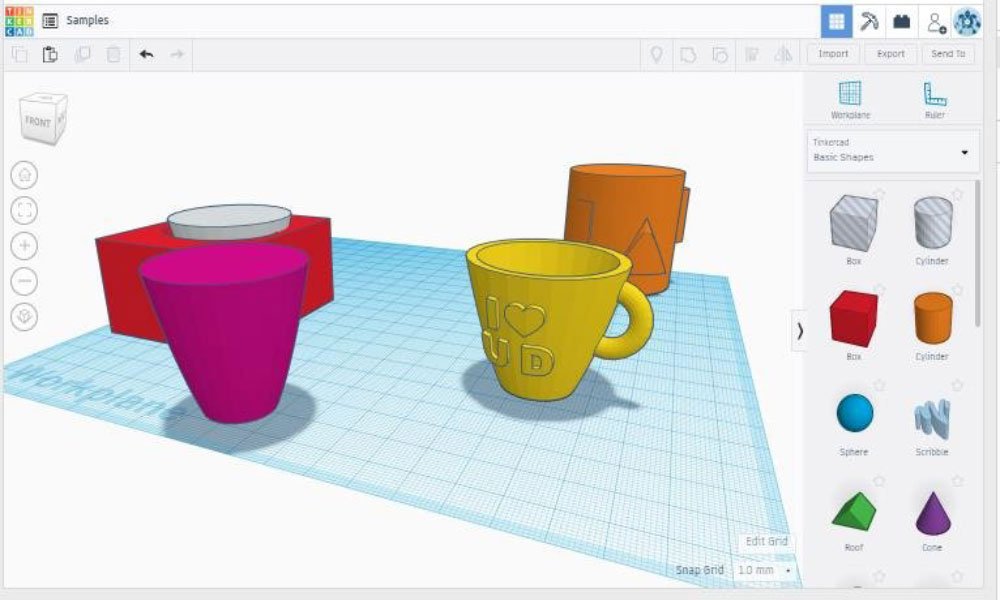
ZBrush offers a user-friendly yet powerful solution for sculpting enthusiasts, providing a dynamic interface that mirrors traditional sculpting techniques. Its popularity in the gaming and film industries attests to its capacity to blend accessibility with professional-grade sculpting tools.
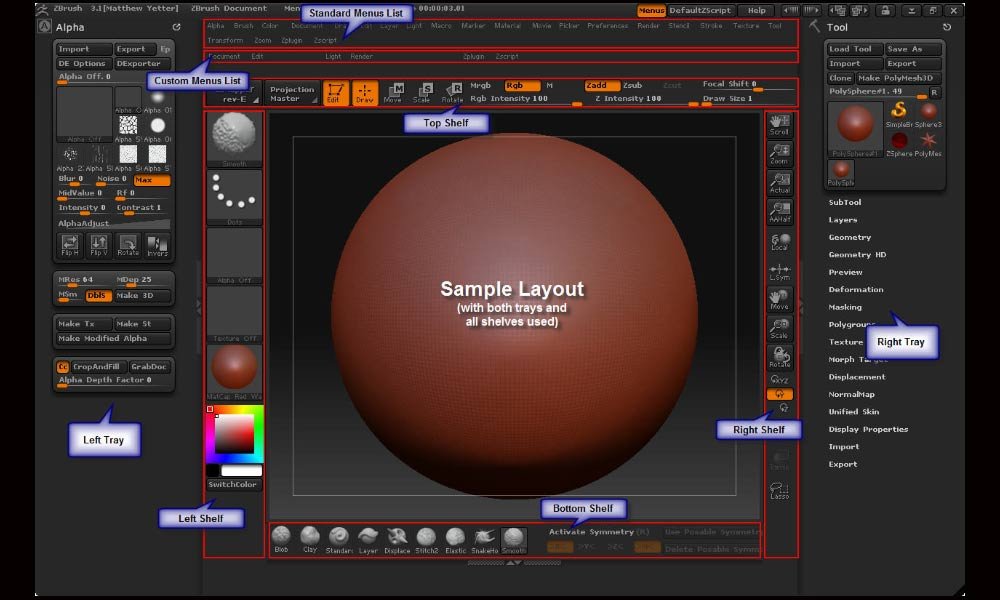
These user-friendly options democratize 3D modeling, letting enthusiasts and novices explore their creativity without being overwhelmed. The democratization of 3D modeling is not merely a trend but a transformative force, bringing the power of digital design to a broader, more diverse audience.
Advanced Features and Specializations:

Within the 3D modeling software, certain applications offer advanced features and specialized tools that cater to the nuanced needs of various industries. Blender, known for its versatility, encompasses a range of advanced capabilities, including sculpting, fluid simulation, and a powerful compositor, making it a go-to choice for artists seeking a comprehensive suite.
ZBrush, renowned for its sculpting prowess, stands out with its innovative features like dynamic tessellation and ZRemesher, empowering digital artists to create highly detailed and intricate models with unparalleled precision. Autodesk 3ds Max excels in architectural visualization and product design, offering advanced rendering capabilities and simulation tools for realistic outcomes.
Houdini, a node-based procedural modeling and animation tool, targets the visual effects industry with its powerful dynamics and simulations. Its procedural approach allows for the creation complex effects that can be easily manipulated and adapted.
These features empower gaming, film, architecture, and design professionals to push the boundaries of creativity, ensuring that the software aligns perfectly with their unique requirements and elevates the quality and intricacy of their 3D models.
Community and Support:
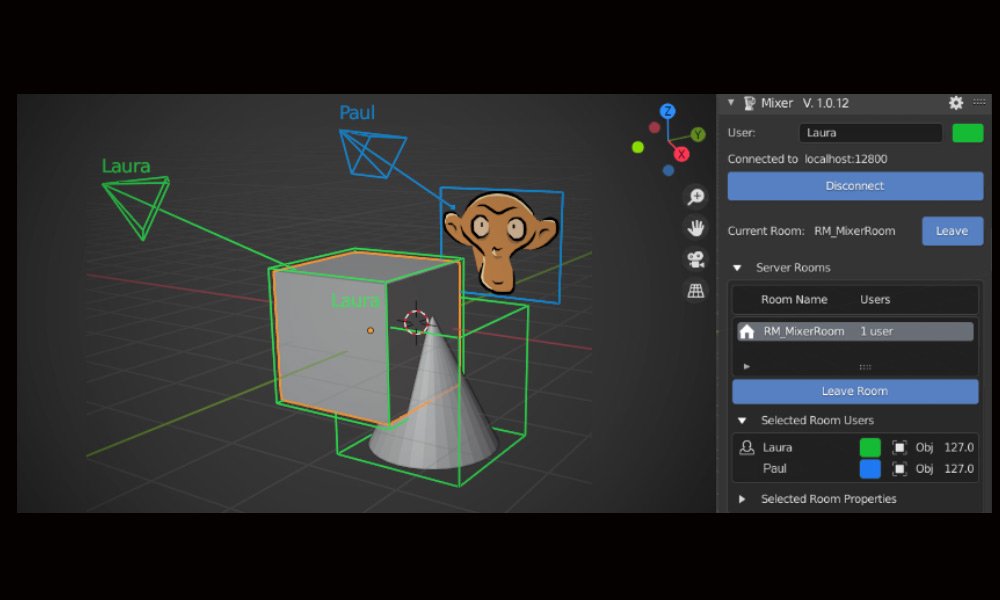
When using 3D modeling software, the importance of a robust community and dependable support infrastructure cannot be overstated. Blender thrives on collaboration within its open-source community, fostering continuous improvement through forums, tutorials, and user-generated content. Autodesk Maya, widely used across industries, benefits from a vast user community and official support channels, providing extensive documentation and tutorials for users of all levels. Cinema 4D, known for its user-friendly interface, cultivates an engaged community, sharing tips and tricks to enrich the user experience and amplify the adoption of new features.
This symbiotic relationship between developers and users is the key to success, ensuring shared knowledge, collaborative spirit, and support that empowers users to unlock their creative potential.
Emerging Trends and Future Developments:
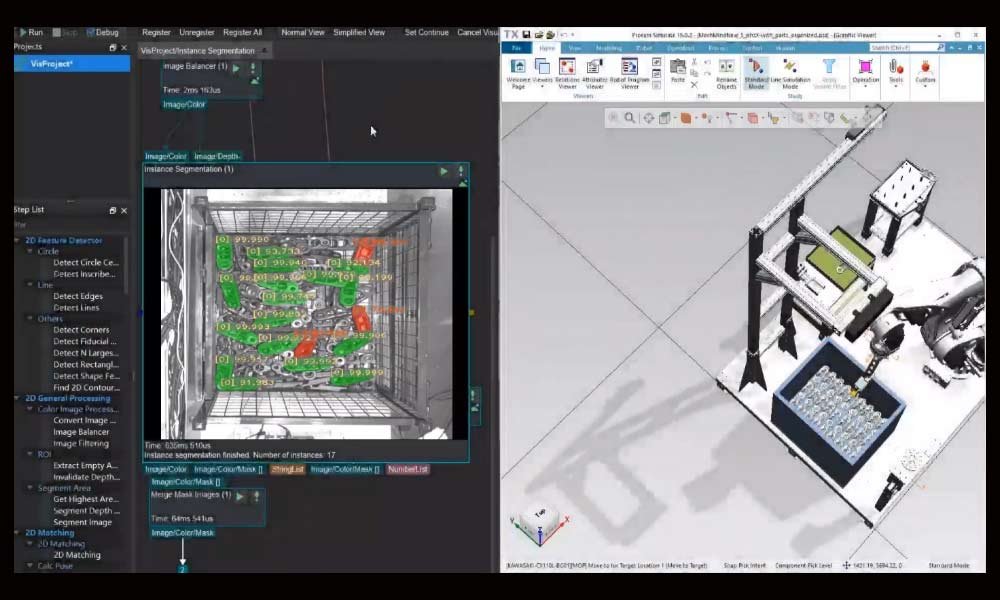
Technological advancements and new trends drive the constant evolution of 3D modeling software. Artificial Intelligence (AI) integration takes center stage, exemplified by tools like NVIDIA GauGAN and RunwayML, showcasing AI’s potential in crafting realistic 3D environments and enhancing creativity. Real-time rendering, epitomized by Unreal Engine and Unity software, transcends its gaming roots, empowering designers to instantly visualize and manipulate scenes, blurring digital and physical boundaries.
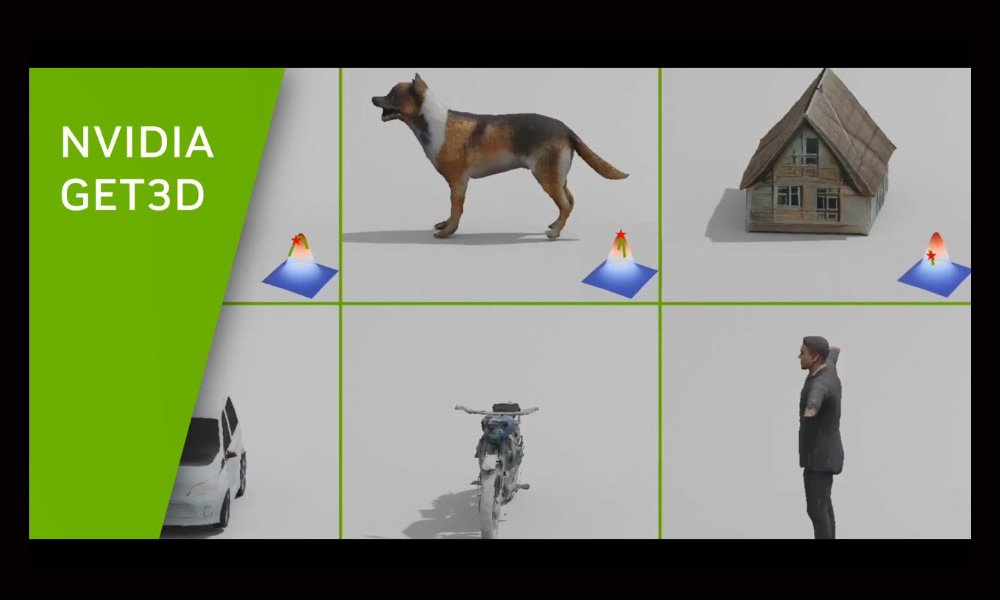
Cross-platform collaboration and cloud-based workflows gain traction, facilitating smooth teamwork across distances and unlocking global collaborative possibilities. Additionally, 3D modeling can blend with virtual reality, transforming industries with immersive experiences.
Conclusion:
In conclusion, 3D modeling software is a vigorous topography where innovation knows no bounds. From the accessibility of user-friendly platforms to the sophistication of advanced tools and the collaborative spirit within vibrant communities, they exhibit the diverse facets of a technology-driven revolution. Looking ahead, with trends like AI integration, real-time rendering, and global collaboration shaping the horizon, the future will not just be static models but immersive, interactive experiences. The industry is growing as 3D modeling software flourish and transform creativity into digital reality.
Also Read: What is SLS 3D printing?


